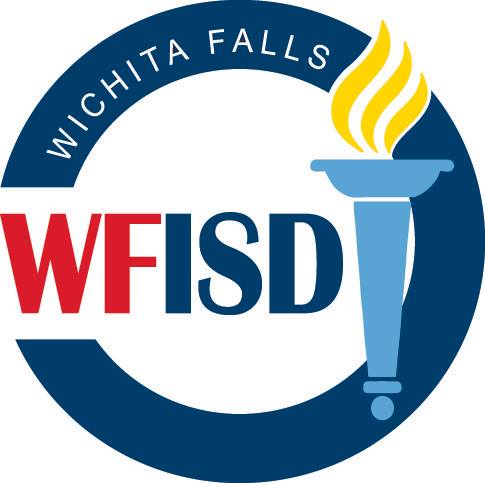An Asynchronous Challenge:
The beginning of school this year has been a challenge, to say the least. We had approximately 14,690 students in WFISD last year, but only have about 13,500 this year. We are still trying to find a significant number of our previous students. Our school district offered two choices at the beginning of the year, Face to Face {synchronous) instruction or Remote (asynchronous) instruction. We have several thousand students who chose the remote option and it is a huge challenge to keep them engaged, accounted for, and logged on properly in order to get accurate attendance.
Using RaaWee K12 Solutions in the Spring when we first shut down was a huge help for us this school year. I worked through the first shutdown and did close to 500 home visits and made approximately 2,500 phone calls to locate students. I put all of that information into RaaWee as I did it. At the beginning of this school year, those records were essential in locating students and families that had been displaced during the first shutdown. I would not have found half of the students I was looking for if I did not have that information.

About WFISD
Wichita Falls is a city of approximately 100,000 people. In WFISD we have 3 high schools, 3 junior highs, 19 elementary schools, a Career Education Center, and an alternative school. In the 2019-2020 school year, we had approximately 14,600 students enrolled in WFISD. This year we are down about 1,000 students.
Blending Synchronous & Asynchronous Attendance Models
For the 20-21 school year, we have an asynchronous model for elementary grades PK-5, a synchronous option for our secondary schools, 6-12, and an asynchronous option for our severe and profound students, 6-12. To take attendance for our remote students, we created 2 new present buttons that show on the teacher’s rosters. One is an RSyn present button for secondary students who chose the remote synchronous option and entered the attendance code of 1-RS. The second one is an RSAYn present button for secondary students who are in our severe and profound program and puts in a 2-RA attendance code.

In order to know who was remote and who was face to face, we created an activity to put our remote students in so that when anyone looked at the student’s file in Skyward they would know they were remote by the R. As seen to the right.

Once this code is entered, it puts an attendance code in the student’s record and looks like the picture below.

These codes have created issues for us as many of the teachers have not been consistent in using them properly. The 1-RS is a code for a remote synchronous secondary student. But as you can see by the picture, we have teachers who use the wrong present button, and it puts in a 2-RA code, which is the code for our severe and profound students. However, overall, the system is working for the most part.
Asynchronous Attendance Method for Elementary
The Asynchronous method for our elementary schools has been quite a challenge as remote students are allowed to turn in work until 11:59 p.m. of the school day. That makes it so that the teachers have to go back into the Google Classroom the next morning and check and see if the student has done any work to give accurate attendance credit. This is where RaaWee has been a lifesaver for us as our attendance clerks put all communications with parents into RaaWee, and we can go back and double-check the teacher’s documentation to ensure accurate attendance accounting. For truancy purposes, we are not holding truancy court as our county has deemed it non-essential. So we are still using RaaWee to track and complete our truancy interventions to be in compliance with state law which has said truancy procedures are still required this year despite the pandemic.

About the Author
Verna Honeycutt, Attendance Coordinator, Wichita Falls ISD, TX
Verna Honeycutt was with WFISD for 22 years, dedicating the first 15 years of their career as a middle school History teacher at Kirby Jr. High. In January of 2015, she transitioned to the administration building and assumed the role of Attendance Coordinator for WFISD, a position she held for six years. During this time, Verna witnessed significant changes in truancy laws, which have directly influenced the operations of the Attendance office. In January of 2016, Ms. Honeycutt rewrote the truancy policy for Wichita County and assisted several neighboring districts in refining truancy programs within their school systems.




